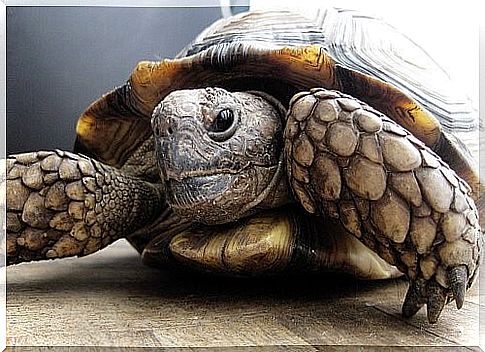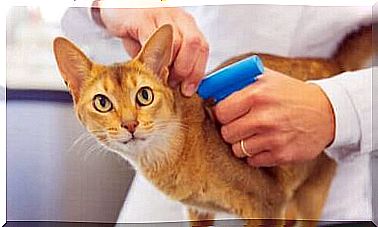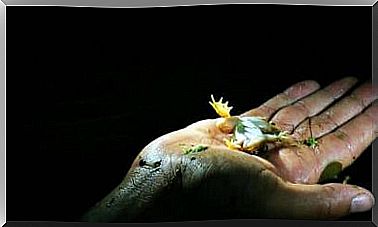Breeding And Care Of Turtles

The care of turtles is important to preserve the health of the animal and its environment. Knowing how to take care of a pet means understanding its organism and respecting its specific needs.
Turtles are the friendliest reptiles that can live with humans, they are famous for their long life expectancy. They are an excellent first pet option for children. They also often teach us a lot about the responsibility to care for and respect a pet.
They easily adapt to small spaces and do not require a lot of time from their owners. Turtles are independent, quiet, and pose no risk to the home. But they also need attention in order to develop healthily. You can learn more about turtle care here .
The most important things about caring for turtles
The turtles that can be kept as pets are divided into two broad groups: aquatic and terrestrial. Both of them need special attention to stay healthy.
Build the perfect home
A water turtle lives in an aquarium. This is your home and that is why it is so important to choose it consciously.

The turtle needs space to swim and move around freely. Therefore, the size of the aquarium (or terrarium) should be 4 or 5 times the size of the animal.
Aquatic turtles can grow a lot until they reach adulthood. It is recommended that you decide on a larger aquarium beforehand and avoid unnecessary expenses. The larger the room, the better their quality of life will be.
The aquarium must basically have 2 environments : a swimming pool and a dry part above the water where the turtle can sunbathe, dry out and rest.
The turtles hydrate, breathe and eat underwater. Therefore, it is necessary to provide clean and fresh water in order to guarantee your health. The aquarium ideally has a filter system. And you should clean the aquarium once a week (including changing the water).
Many professionals defend the need to restore the tortoise’s natural habitat in order to improve their quality of life. You can put artificial plants or palm trees, castles or other elements of the marine environment in the aquarium.
Environment and temperature
Just as important as buying a good aquarium is to think strategically about its location. The environment must be ventilated and have sunlight or direct lighting. You need warm environments to do well. The ideal temperature of the water varies between 26º and 30ºC.
Tortoises require less environmental conditioning. Many people choose to release them at home. It’s a riskier decision, but not wrong.
The ideal way to be safer, however, is to buy a terrarium for the tortoises. The logic of size is the same as that of the sea turtle. It must be 4 to 5 times larger than the animal. You also need a warm environment with sunlight or artificial lighting.
Balanced nutrition
Food is the basic aspect of turtle care. The daily diet must provide the nutrients necessary for the healthy development of your species.
Reptiles usually require less hydration than mammals to maintain their organism’s wellbeing. Sea turtles hydrate themselves in their own habitat. And it is important for tortoises to have fresh and clean water available frequently.
The two species of turtle have different diets. While terrestrial ones are predominantly vegetarian, the sea turtle needs to consume more protein and animal fat.
There is commercial food for sea turtles and land turtles. It is the most practical way to ensure proper nutrition for your pet. However, you can also choose homemade and natural foods for a turtle. However, you should definitely consult a veterinarian to balance the nutrients.

What can they eat?
When it comes to a sea turtle, mixing the commercial food with some raw fish (low in fat), small crabs, permitted vegetables, larvae, crickets, and small insects is ideal.
A tortoise should eat plenty of vegetables, fruits (excluding citrus fruits), flowers, herbs, small pieces of raw meat, and earthworms. They need high levels of calcium and phosphorus to keep their armor strong and resilient. It is your main protection against external threats.
The amount of food depends on the size and age of the animal. A small and young turtle should only be fed once a day. A larger and older one can eat 3 to 4 times a day.
Sea turtles can have symptoms such as skin and shell damage, as well as eye infections and digestive problems. Therefore, turtle care should include regular veterinary visits.









